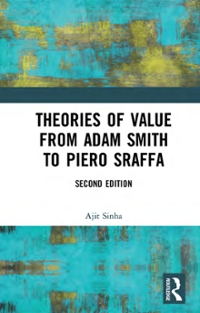11Refer to the attachments.
36) Determine which one of the following statements regarding guarantees on variable annuity products is FALSE: (A) A guaranteed minimum death benefit (GMDB) with a return of premium guarantee is similar to a European put option with expiration contingent on the death of the policyholder or annuitant. (B) A guaranteed minimum accumulation benefit (GMAB) with a return of premium guarantee is similar to a European put option with payment contingent on the policyholder surviving to the guarantee expiration date and the policy still being in force at that time. (C) A guaranteed minimum withdrawal benefit (GMWB) provides a guarantee that the account value will not be less than the guaranteed withdrawal benefit base at any future time. (D) A guaranteed minimum income benefit (GMIB) provides a guarantee on the future purchase rate for a traditional annuity. (E) An earnings-enhanced death benefit is an optional benefit available with some variable annuity products that acts as a European call option with strike price equal to the original amount invested.31) Determine which one of the following statements is TRUE with respect to a perfect capital market: (A) Taxes and transaction costs can exist. (B) A firm's choice of capital structure will have an effect on its cost of capital. (C) A firm's choice of capital structure will always have an effect on the firm's value. (D) Leverage has no effect on the risk of equity, even where there is no default risk. (E) The total value of a levered firm is equal to the total value of the firm without leverage..Problem 1: Consider the reference desk of a college library receives requests for assistance. Assume that a Poisson probability distribution with an arrival rate of 17 requests per hour can be used to describe the arrival pattern and the service times follow an exponential probability distribution with a service rate of 20 requests per hour. a. What is the average number in line waiting to be served? b. What is the average time that a patron must wait to get through the system? C. What is the utilization of the librarian? d. What is the probability that when you arrive there will be three or more patrons ahead of you?A small gas station has one gas pump to fill gas. Cars arrive according to a Poisson process at a mean rate of 15 cars per hour. Service time at the pump has an exponential distribution with a mean of 3 minutes. The small gas station only can park 5 cars (including the one at the pump). If a car cannot park, it will go to other gas stations. a.) What is the chance that the waiting line will be longer than 3? b.) On average, how many parking spaces are empty? - Queuing Theory Problem - Please solve parts a.) and b.) and show all the steps to get to the final solution(s).Solve the following queueing theory problems. Submit your complete solutions Zoshi is a PhD student at University of'w'isconsin Madison. He does odd jobs to supplement his income. Job requests come every 5 days on the average, but the time between requests is exponential. The time for completing a job is also exponential with mean 4 days. {a} What is the probability that Yoshi will be out of jobs? {b} If Yoshi gets about 55G a job, what is his average monthly income? {c} If at the end of the semester, Yoshi decides to subcontract on the outstanding jobs at $40 each. How much, on the average, should he expect to pay? The Trust Bank has 2 tellers to serve its customers. Customers arrive according to a Poisson process at a mean rate of 3 customers per minute. The transaction time between the teller and customer has an exponential distribution with a mean of 0.5 minutes. a.) What is the probability that an arriving customer must wait before service? b.) What is the expected number of idle tellers? - Queuing Theory Problem - Please solve parts a.) and b.) and show all the steps to get to the final solution(s)












